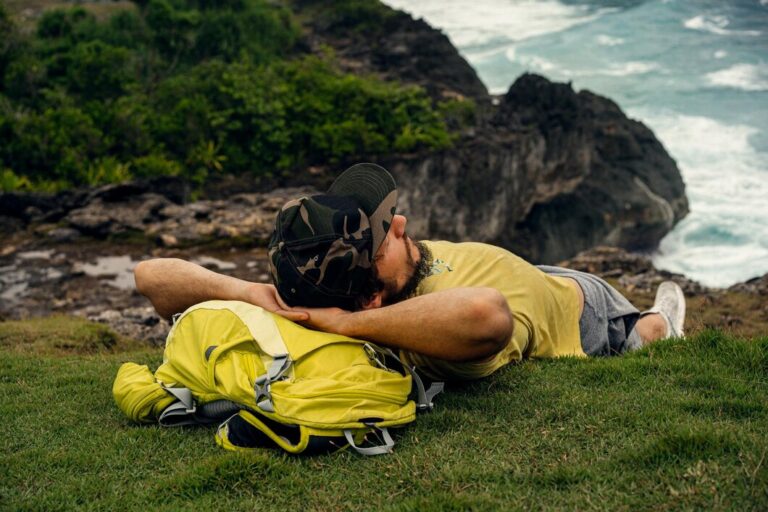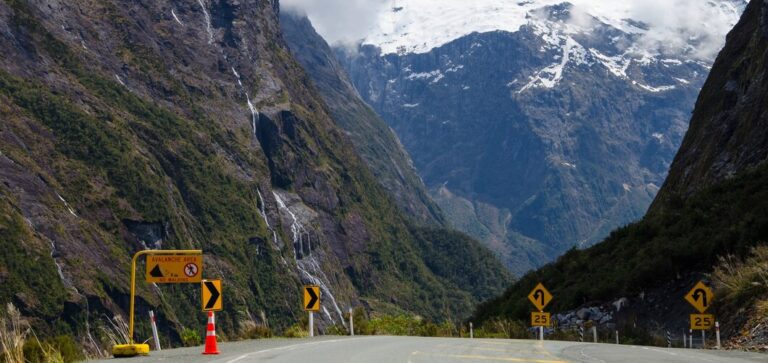Tiger’s Nest Monastery Hike In Bhutan (Paro Taktsang)
The Tiger’s Nest Monastery, or Paro Taktsang, is one of Bhutan’s most iconic and sacred sites. Perched precariously on a cliffside 3,120 meters (10,240 feet) above sea level, this stunning monastery is a must-visit for anyone traveling to Bhutan. The hike to the monastery is both a spiritual and physical journey, offering breathtaking views and a sense of serenity that is hard to match. Here’s everything you need to know about hiking to the Tiger’s Nest Monastery.
The Legend of Tiger’s Nest
Paro Taktsang is deeply rooted in Bhutanese mythology and history. According to legend, Guru Rinpoche (Padmasambhava), the founder of Tibetan Buddhism, flew to this location on the back of a tigress in the 8th century to meditate in a cave for three years, three months, three weeks, three days, and three hours. The monastery was built around the cave where Guru Rinpoche meditated, and it has since become a revered pilgrimage site.
Preparing for the Hike
The hike to Tiger’s Nest Monastery is moderately challenging, requiring a good level of fitness. The trail involves a steep ascent, with a total elevation gain of about 900 meters (3,000 feet) from the base to the monastery. The round-trip hike typically takes 4 to 5 hours, depending on your pace and the time spent exploring the monastery.
To prepare for the hike, it’s essential to:
- Acclimatize: Bhutan’s high altitude can affect some travelers, so it’s advisable to spend a few days acclimatizing in Paro before attempting the hike.
- Wear appropriate clothing: Layered clothing is recommended, as the weather can change quickly. A light jacket, moisture-wicking base layers, and comfortable hiking pants are ideal.
- Bring water and snacks: There are a few rest stops along the way, but it’s important to carry enough water and high-energy snacks to keep you fueled during the hike.
- Consider hiring a guide: While the trail is well-marked, a guide can provide valuable insights into the history and significance of the monastery, making the experience even more enriching.
Getting to the Trailhead
The hike begins at the base of the mountain, about 10 kilometers (6 miles) north of Paro town. Most visitors take a short drive to the trailhead, where there is a small parking area and a shop selling souvenirs and snacks. From here, the journey to the Tiger’s Nest Monastery begins.
The Hike: Section by Section
1. Trailhead to the Cafeteria
The first section of the hike involves a steady ascent through a dense pine forest. The trail is well-maintained, with several switchbacks to ease the climb. As you gain elevation, you’ll start to catch glimpses of the monastery perched high on the cliff above. After about an hour of hiking, you’ll reach a rest stop known as the Cafeteria. This spot offers panoramic views of the monastery and is a popular place to take a break, enjoy a cup of tea, and take photos.
2. Cafeteria to the Viewpoint
The next section of the hike becomes steeper as you approach the viewpoint, which offers the best vantage point of the Tiger’s Nest Monastery. The trail narrows, and the ascent becomes more challenging, but the views are increasingly rewarding. From the viewpoint, you’ll have a direct, unobstructed view of the monastery clinging to the cliffside, framed by the surrounding mountains. This is one of the most photographed spots in Bhutan and is sure to leave you in awe.
3. Viewpoint to the Monastery
The final section of the hike involves a descent of about 700 steps to a narrow gorge, followed by a climb of another 300 steps to the monastery entrance. This part of the trail is the most challenging, but it’s also the most rewarding. As you approach the monastery, the atmosphere becomes more serene, and the sense of spirituality is palpable. You’ll pass by several prayer wheels, fluttering prayer flags, and small shrines along the way.
Exploring the Tiger’s Nest Monastery
Upon reaching the monastery, you’ll need to remove your shoes before entering. The complex consists of several small temples and shrines, each with its own unique significance. The main shrine houses a statue of Guru Rinpoche, and the cave where he is said to have meditated is also accessible. The interior of the monastery is adorned with intricate murals, statues, and butter lamps, creating a tranquil and meditative environment.
Take your time to explore the monastery, absorb the spiritual energy, and enjoy the stunning views of the Paro Valley below. Photography is not allowed inside the monastery, so be sure to respect the sanctity of the site.
The Descent
The descent back to the trailhead follows the same route as the ascent. While the downhill journey is quicker, it can be tough on the knees, so take your time and use a trekking pole if needed. The return hike typically takes about 2 hours, depending on your pace.
Practical Tips
- Start early: The hike is best started in the morning to avoid the midday heat and to have plenty of time to explore the monastery.
- Respect the culture: The Tiger’s Nest Monastery is a sacred site, so dress modestly and be respectful of local customs.
- Take it slow: The hike is challenging, especially at high altitudes, so pace yourself and take breaks as needed.
- Stay hydrated: The combination of altitude and exertion can lead to dehydration, so drink plenty of water throughout the hike.
Conclusion
The hike to the Tiger’s Nest Monastery is a once-in-a-lifetime experience that combines physical challenge with spiritual reward. The journey through the pristine Himalayan landscape, coupled with the serene beauty of the monastery itself, makes this trek an unforgettable highlight of any trip to Bhutan. Whether you’re seeking adventure, spiritual insight, or simply a connection with nature, the Tiger’s Nest Monastery hike offers something truly special for every traveller.







